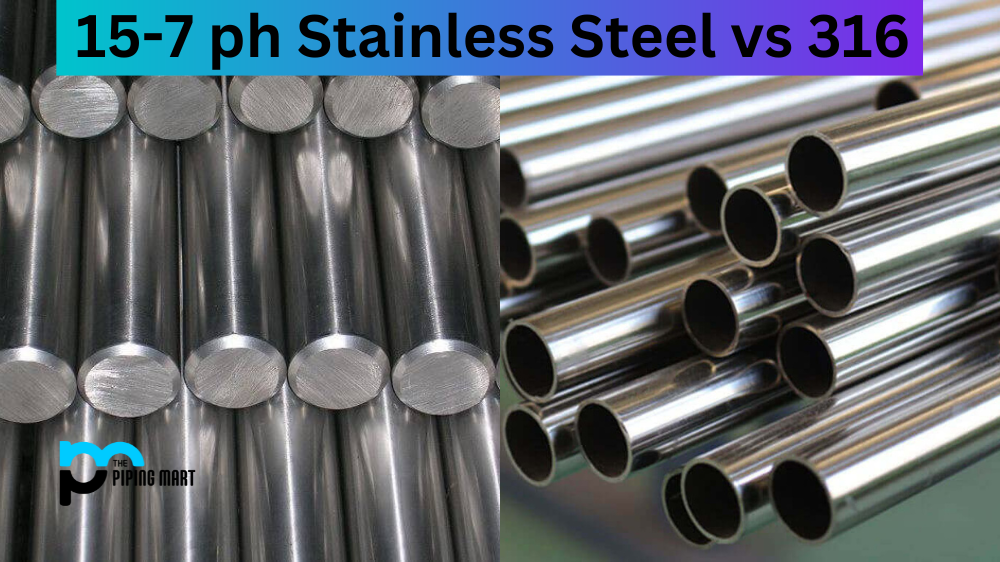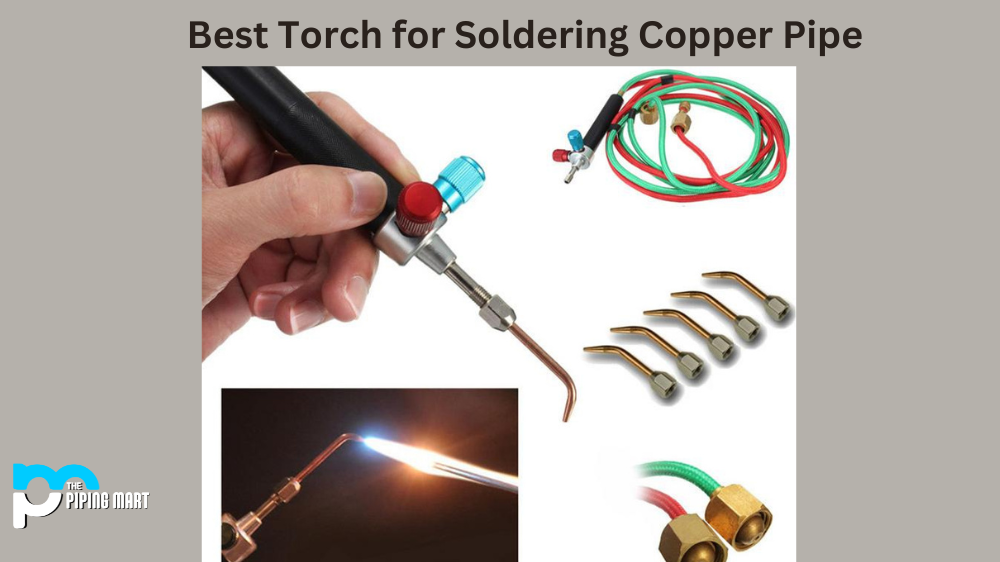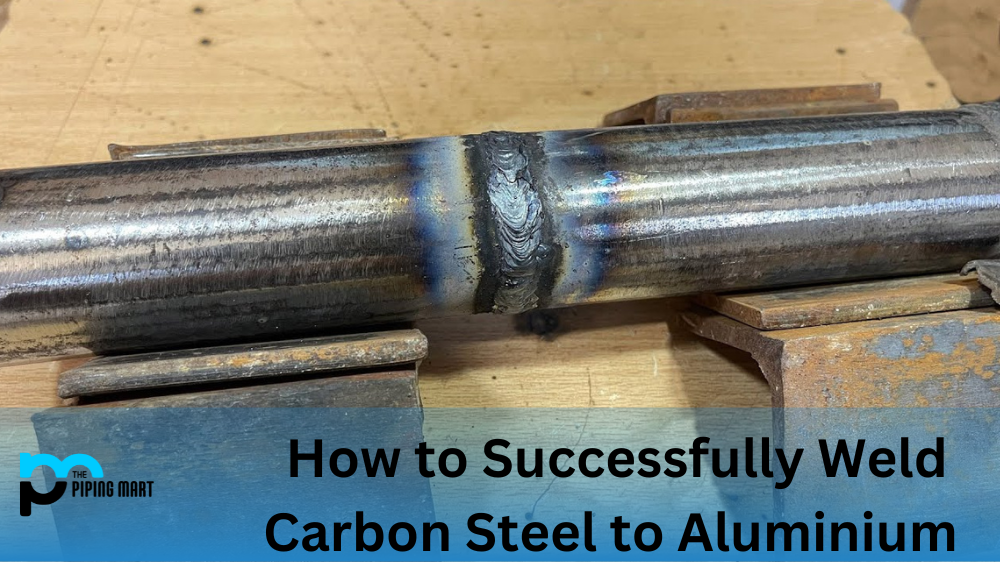Many factors must be considered when selecting the right stainless steel for a particular application. One of the most important is corrosion resistance. Stainless steel is used in various industries, from aerospace to medicine, and choosing the right type of stainless steel can make all the difference in the performance and longevity of the product. In this blog post, we will compare two popular types of stainless steel, 15-7 ph and 316, to help you make the best choice for your project.
What is 15-7 PH Stainless Steel?
15-7 ph stainless steel is precipitation-hardening stainless steel, offering excellent corrosion resistance and high strength and durability. It is typically used in high-strength applications, such as aerospace components and structural parts. The high strength of 15-7 ph stainless steel comes from its unique chemical composition, which includes additions of chromium, nickel, and aluminium, as well as the precipitation-hardening process. This process involves heating the material to a specific temperature and then cooling it rapidly to transform it into a stronger state.
What is 316 Stainless Steel?
316 stainless steel is austenitic stainless steel known for its excellent corrosion resistance. It is commonly used in applications where corrosion resistance is critical, such as marine environments, chemical processing, and medical equipment. The high corrosion resistance of 316 stainless steel comes from its high concentration of chromium, as well as the addition of molybdenum. This alloying element enhances the material’s resistance to pitting and crevice corrosion.
Difference Between 15-7 PH Stainless Steel and 316
Both 15-7 ph and 316 stainless steel offer excellent corrosion resistance, but their chemical composition and applications differ. 15-7 ph stainless steel is typically used in high-strength applications, while 316 stainless steel is ideal for environments where corrosion resistance is critical. Additionally, 15-7 ph stainless steel is precipitation-hardened, which increases its strength, while 316 stainless steel is not.
Cost
Regarding cost, 316 stainless steel is generally less expensive than 15-7 ph stainless steel. This is because 316 stainless steel is more commonly used and produced in larger quantities. However, if your application requires high strength and durability, 15-7 ph stainless steel may be the better choice despite the higher cost.
Chemical Composition
The main difference between 15-7 PH stainless steel and 316 stainless steel is the chemical composition. 15-7 PH stainless steel contains chromium, nickel, copper, and aluminum. 316 stainless steel contains chromium, nickel, molybdenum, and silicon.
Tensile Strength
15-7 PH stainless steel has a higher tensile strength than 316 stainless steel. The tensile strength of 15-7 PH stainless steel is 1,000 MPa, while the tensile strength of 316 stainless steel is only 550 MPa.
Yield Strength
15-7 PH stainless steel also has a higher yield strength than 316 stainless steel. The yield strength of 15-7 PH stainless steel is 900 MPa, while the yield strength of 316 stainless steel is only 450 MPa.
Corrosion Resistance
15-7 PH stainless steel has better corrosion resistance than 316 stainless steel in most environments. However, 316 stainless steel has better corrosion resistance in chloride environments.
Conclusion
Selecting the right type of stainless steel for your application is critical to ensuring optimal performance and longevity. Regarding corrosion resistance, both 15-7 ph and 316 stainless steel offers excellent protection in different ways. The choice ultimately comes down to your needs and application requirements, such as strength, durability, and cost. Consider consulting with a stainless steel expert to choose your project best.

Abhishek is a seasoned blogger and industry expert, sharing his insights and knowledge on various topics. With his research, Abhishek offers valuable insights and tips for professionals and enthusiasts. Follow him for expert advice on the latest trends and developments in the metal industry.




